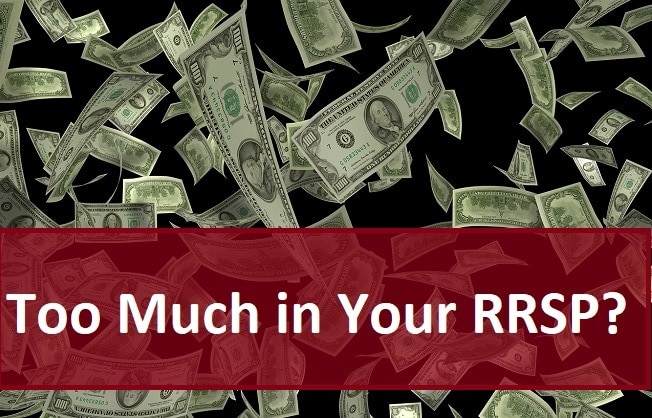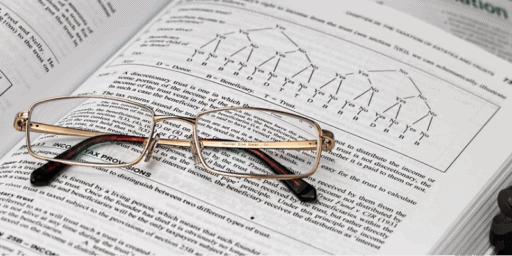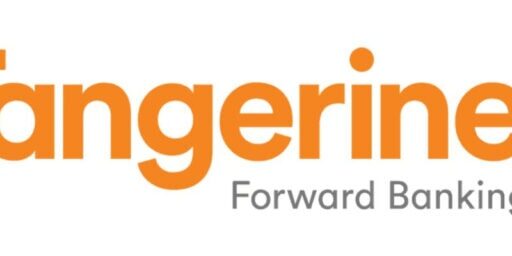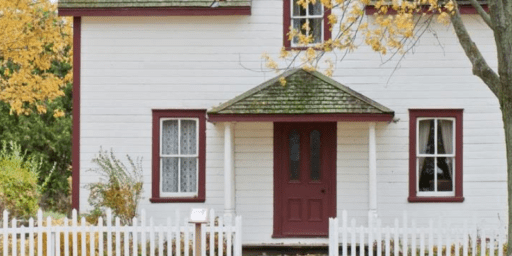Can You Have Too Much RRSP?
Since I’ve written about how much you need to save to reach $1M in your RRSP starting in your 30’s, 40’s, and 50’s, I’ve been getting questions from readers who have significant RRSP contributions. More specifically, can you have too much in an RRSP?
I haven’t been able to find any good articles online that talks about when to stop contributing to RRSPs. Even at 5% forced withdrawal for an RRIF, a large RRSP can quickly force significant income for tax purposes, impacting old age security (OAS) and removing benefits of the rrsp. At what point does it stop making sense to contribute to RRSP vs just placing the money in taxable accounts? I know this is only an issue for high income readers, but I think you have a large following in that area.
So the answer is that… it depends! Specifically, it depends on your other income during retirement.
One big tax strategy in retirement is to avoid OAS clawback if at all possible. One metric on whether or not you have too much of an RRSP/RRIF is if forced withdrawals during retirement tread into OAS clawback territory (remember that RRSP/RRIF withdrawals are taxable income).
Backgrounder on Old Age Security
Old Age Security is a (Canadian) government program that pays a monthly benefit (adjusted to inflation) to seniors ages 65 and over. OAS is paid out of the current Government tax base (unlike CPP) and is counted as taxable income.
What is the OAS clawback? It’s basically a tax on high-income seniors in the form of reduced OAS benefits. If you’re 65 or older in 2019, the government will claw back 15% of income over $77,580k. OAS will be completely eliminated for incomes over $125,696.
Essentially, many financial plans will arrange their affairs to stay under the OAS clawback threshold, which is much easier if you have a spouse. So answering if you can have too much RRSP will depend on your income sources during retirement.
Income Sources at Retirement
There are a number of sources of income during retirement that forms the baseline of income before RRSP withdrawals. The higher your baseline income, the less you will need to depend on your own portfolio to fund your retirement lifestyle.
Related: Ultimate guide for early retirement with safe withdrawal rates
Canada Pension Plan/OAS
Government retirement benefits can make a big difference. The two main programs are CPP and OAS. If a typical Canadian who has lived and worked in Canada all their lives, they may receive around $30k per couple. As you can see, getting $30k from the government can really pay for a large portion of a comfortable retirement.
RRSP/RRIF/Defined Contribution Plan
If you have no other retirement income besides CPP/OAS, assuming you and your spouse want to maximize income but stay under the OAS clawback threshold ($77,580) – that would leave about $62,580/year to be funded by your RRSP/RRIF (each).
You can convert an RRSP to an RRIF at age 65 and qualify for pension income splitting (in addition to the pension tax credit) which is a big advantage if you have a spouse. At age 71, you will be forced to convert your RRSP into an RRIF, which starts with a pre-determined withdrawal rate of 5.28% and increasing annually thereafter (full schedule here).
Defined Benefit Pension
These are also known as gold plated pensions where employees make a fixed contribution to the plan based on their income but get a generous retirement benefit regardless of market performance. For example, some federal government employees get up to 60-70% of the average of their best (or final) 5 years in terms of income.
If you expect a large DBP during retirement, the tax-efficient recommendation is to build your TFSA before topping up your RRSP. This is especially true if your spouse is also has a DBP because income splitting will have minimal impact.
Maximum RRSP to Avoid OAS Clawback
Here is a table of maximum RRSP account values to avoid OAS clawback depending on your baseline retirement income (per spouse).
- Assumptions:
- OAS threshold, CPP, OAS, DBP plans, and RRIF withdrawal percentage increases with inflation
- No tax deductions
- Age 65
- Per Spouse
- RRSP/RRIF balance only growing with inflation @ 65 (assumes 4% forced RRIF withdrawal rate)
| Baseline Retirement Income (OAS+CPP+DBP) | Approx Maximum RRSP/RRIF |
| $15,000 | $1,562,500 |
| $20,000 | $1,437,500 |
| $25,000 | $1,312,500 |
| $30,000 | $1,187,500 |
| $35,000 | $1,062,500 |
| $40,000 | $937,500 |
| $45,000 | $812,500 |
| $50,000 | $687,500 |
| $55,000 | $562,500 |
| $60,000 | $437,500 |
| $65,000 | $312,500 |
| $70,000 | $187,500 |
| $75,000 | $62,500 |
Summary
As you can see from the table above, a single person with a $15k baseline income from CPP/OAS could have up to a $1.5M RRSP without hitting OAS clawback territory. This would result in a $77,500/year annual income at age 65, assuming the RRSP has been converted to an RRIF with a 4% withdrawal rate in the first year. If you have a spouse, simply double those numbers (note that these are rough numbers).
If a retiree has a defined benefit pension, then the maximum RRSP portfolio drops off fairly quickly, which is why a TFSA is recommended for government workers over an RRSP.
Other factors to consider is that while a large RRSP can be passed over to a spouse tax-free upon death, the higher income may result in some OAS clawback for the surviving partner. Once the surviving partner passes away, the estate will face taxation on the RRSP balance likely at the highest marginal rate.
So for estate planning purposes, there are cases where retiring a bit earlier living off the RRSP while delaying OAS/CPP has its advantages. Here is more on how I plan to withdraw from my retirement accounts.
So let’s answer the question, can you have too much in your RRSP? Again it depends – for tax efficiency, yes, you can have too much. For the lifestyle that you envision during retirement – maybe not!
I've Completed My Million Dollar Journey. Let Me Guide You Through Yours!
Sign up below to get a copy of our free eBook: Can I Retire Yet?











For us older folks, RRSPs were the only registered savings option, so we dumped as much as possible into it. Now that we are retired and withdrawing from our RRIFs, yes we are paying the piper and the result there is a clawback on our OAS, even though we have no company pension.
It really doesn’t bother us, as the income in our RRIFs almost covers our withdrawals and our overall income from investments is much higher than and grows more than the clawbacks.
Hey have you heard of the RRSP melt to TFSA? If not, it’s a strategy of transferring your RRSP to TFSA without tax consequence. It involves owning your own 1st and 2nd mortgages through a mortgage insurance corporation. Just curious if you every heard of it or have written about it. Love your input. Thanks
Hey Matthew, I will look into that strategy a little further. My instinct is to be suspicious when something sounds too good to be true. :)
My thoughts are that if it’s too good to be true… it probably is.
yep, too good to be true. This was tried for a while but it fell short of some rather obvious CRA requirements regarding non-arm’s length transactions having to approximate fair market conditions. The CRA is decidedly displeased with people who attempt this and, in turn, make those people very unhappy and disappointed.
I won’t have the problem of dbp, but I will hopefully not need to sell my rental properties and plan to live off that income.
Once I pay off those mortgages by age 50-55, I will still have my primary residence to pay off. I plan to work part time to pay my mortgage and my rental income I will live off of.
Not sure yet when I will start cpp, I want to wait as long as possible to receive more but is working an extra 5 years worth it?
I still have many years to go, I feel like I over plan too much, but I know it’s good for me.
Hi
Why do you try to pay off the rentals mortgage first? The rental interest is tax deductible.
Extend the amortization for the rentals to max (25 or 30years) and pay your residence first.
Use the extra money for TFSA / RRSP or other type of investing.
The rental interest is tax deducted.
Also, be careful about the capital gain when you sell the rentals. Plan it carefully.
The best way is to retire early, live on RRSP or capital gain, enjoy the life before is too late.
Another thing to consider is GIS benefits. If you plan it proper you can get even extra money from the government.
Nice topic FT.
Nice article, I have nothing to worry about, but wish I had that problem, ha.
Even with eventual house sale in 7 figures, I don’t think we’ll be ‘in trouble’.
Dale